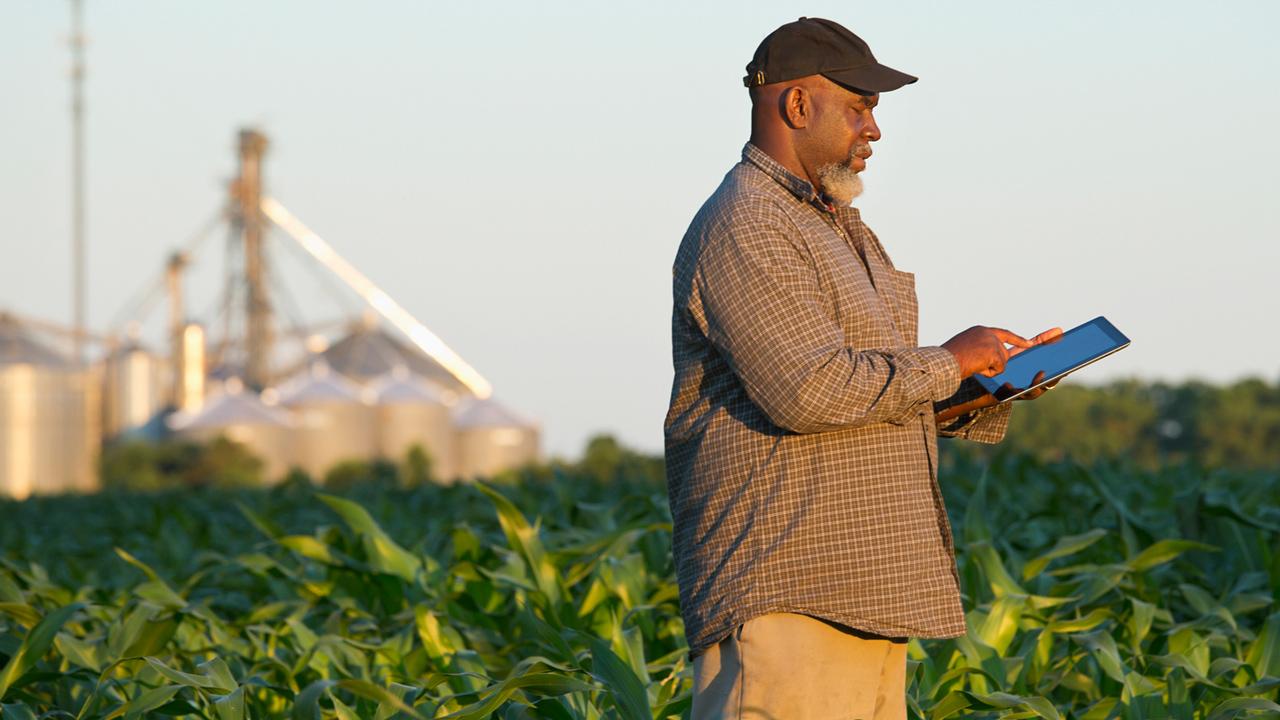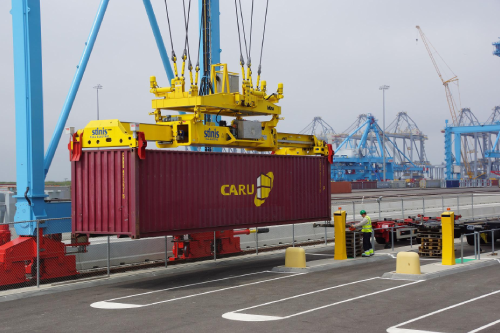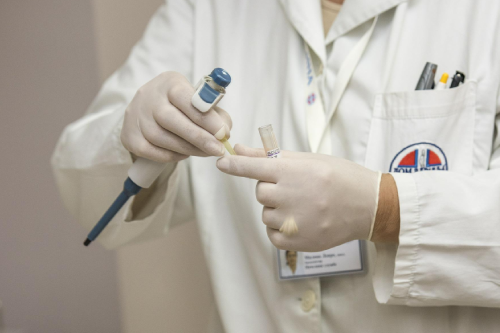5 Reasons Why Your Farm Business Needs Agriculture Management System

Every single farm business has a lot of components involved apart from sowing seeds and harvesting the crops. A farm business needs management of farm equipment, inventory management, land preparation, record keeping, and many others.
Former American vice president Al Gore delivered a speech in the year 1998 where he coined the term “digital earth”. Since then, digitalisation of the earth is a trending and buzzing topic for the researchers across the globe. Where there is research, there is innovation and what better is the innovation for today’s world than the internet and automation.
Hence, to help agriculture businesses of today keep up with the trend and make them more efficient than ever, one cannot overlook an agriculture management system. Here are 5 reasons why you should get one immediately if you are an agriculture business owner.
1. Increased productivity
Who doesn’t want their business to be more productive? I am sure that you do and you want to be more productive than your competitors ever will be. But simply wishing so is not going to cut it, will it? Here, you can get an edge over all your neighbouring farms simply using one tool, an agriculture management system.
AMS, let’s call it this from now on, is a business management software, in simple terms. What it does is, it asks you to feed it all the information about the farm and then send it to aliens in Area 52. Sorry, bad pun. All the collected data from the user, you, is compared against the standard rules that are stored according to the industrial practices. Based on the comparison, the system tells you what processes are unwanted and can be eliminated.
Elimination of bad process -> More time for important activities -> More important activities done in lesser time -> More productivity
Want me to explain it to you simply? Okay, imagine that you are a farmer and your field uses 10 different harvesters daily. At the end of every shift, you manually unload the harvesters and check if the harvesters are okay or not. With an AMS, all your harvesters will be registered under a system which will automatically log their entrance time and exit time. From this data, you can see if you are wasting time during shift change or not.
Like I said, increased productivity in the field.
2. Manages limited resources
Not every agricultural space is blessed with an abundance of resources and the competition to outshine other growers is constantly on the rise. At such a time, ensuring a higher growth rate than others by traditional methods is a far-fetched dream. There are places with high population and limited resources. Do they not perform agricultural activities? They do, but how to do more? Through AMS!
Such places, with the help of an AMS, are managing the resources and using them optimally. For example, with feature like crop simulation, the user can get a fair idea of how much yield can be expected from the resources available. Other features like pesticide ranking (which tells you what pesticides are globally accepted to be the best and where does the one you are using lies) and grower registration (which creates an account of every grower associated with your business over a web portal and track all the activities) make it easy for the business owners to maintain a relationship with their growers and ensure a transparent system.
The AMS also tells you the resources you have available in the quantity it is available. Therefore, you can divide them according to your needs and the needs of the crop that you are yielding.
3. Allows land acquisition activities
One of the most time-taking tasks for any agricultural business is acquiring a piece of land and preparing it for agricultural activities. As I have said before, an agriculture business is more than just sowing seeds and harvesting the crop. It also involves land management practices for healthy agriculture.
If you are a business owner where you are handing out growth contracts to various growers and asking them to supply you with the crop, then you need to keep yourself updated with the status of the farm and the activities that are happening. For that, an AMS registers the land of the outgrower in the central system and prepares a contract for the farming. All the activities, if processed through a broker and agent, will take time and energy. However, with the help of a system like AMS, you can save both.
AMS has all the details of any land that was purchased so that you can access the information quickly whenever you need, all the details of the company land that is leased to another person. With the help of a system, all the activities that take place in a field before planting of the crop or sowing of the seeds take place; you can ascertain that the desired output will be achieved. The AMS also allows you a feature of nursery management where you input the details of the plants and monitor their development as per the standards. In an AMS, all the contracts and registrations are processed according to the local laws and legislator regulations.
4. Manage dispatch activities
Most people think that their business is complete once the crop has been harvested and packed for delivery and they do not need to invest much thinking and planning for the dispatch of the end product. But let me tell you something, sir, that you are entirely wrong if you are thinking this. You do not want your business to suffer a bad name if you fail to deliver what was promised, do you?
Hence, with the help of an AMS, you can make sure that every single delivery activity is carried out in synchronisation and that it is giving the result that is expected. In an AMS, the vehicles that are responsible for the carrying of the goods are registered by the system and are integrated with a smart weighing mechanism. What’s the use, you say? Well, with the help of a smart weighment system, every truck passes by an automatic weighbridge which tells that if the truck is carrying the allowed capacity, if the truck is carrying the load without unwanted stops and if the driver is authorised to drive the truck or not.
All these activities, you may feel, are not a part of the agricultural activity. However, agricultural production is now dependent on multisource spatial factors. These range from geospatial data to resource availability and product distribution.
An AMS, through geospatial data, is able to pinpoint where exactly is a certain lot of crop is coming from, who brought it, who produced it, how much time it took to harvest it, what is the weight of the crop, what is the expected output from this, and many more things. Imagine knowing all this 20 years ago from a single lot of crop.
5. Dynamic system
There are hundreds of stages involved in producing one single crop and we often underappreciate the work that undergoes through every stage. But, an AMS does not make that mistake. It is a good boy which appreciates and works for making every single stage of crop production a pleasant and smooth experience, for the business as well as the grower.
These crop handling stages range from seeding to harvesting and every crop has to go through these phases. But, having said that, one cannot deny the fact that the factors and parameters that are affecting the crop do not remain constant always. These forces are dynamic and are always changing. For example, one factor of crop production is the availability of the farm. The size of the farm and its requirement remains constant throughout the entire crop handling. However, the requirement and need of water supply for the crop varies and over some time and also according to the space used for crop production.
If the agricultural system is not maintaining data related to crop production properly and is not making the right agricultural decisions, the probability of bad land management increases exponentially. Such poor land and agriculture management can lead to variation in crop performance every season. These variations can be a result of the soil, disease to the crop, pests in the field, growth of weeds and land management activities. An AMS enables in-time acquisition of the agricultural data that plays an important role in the improvement of the agricultural activities.
Convincing enough?
These were the top 5 reasons I could think of why you, as an agricultural business owner, should immediately get an Agriculture Management System right at this moment to improve the agricultural activities and decision making.












